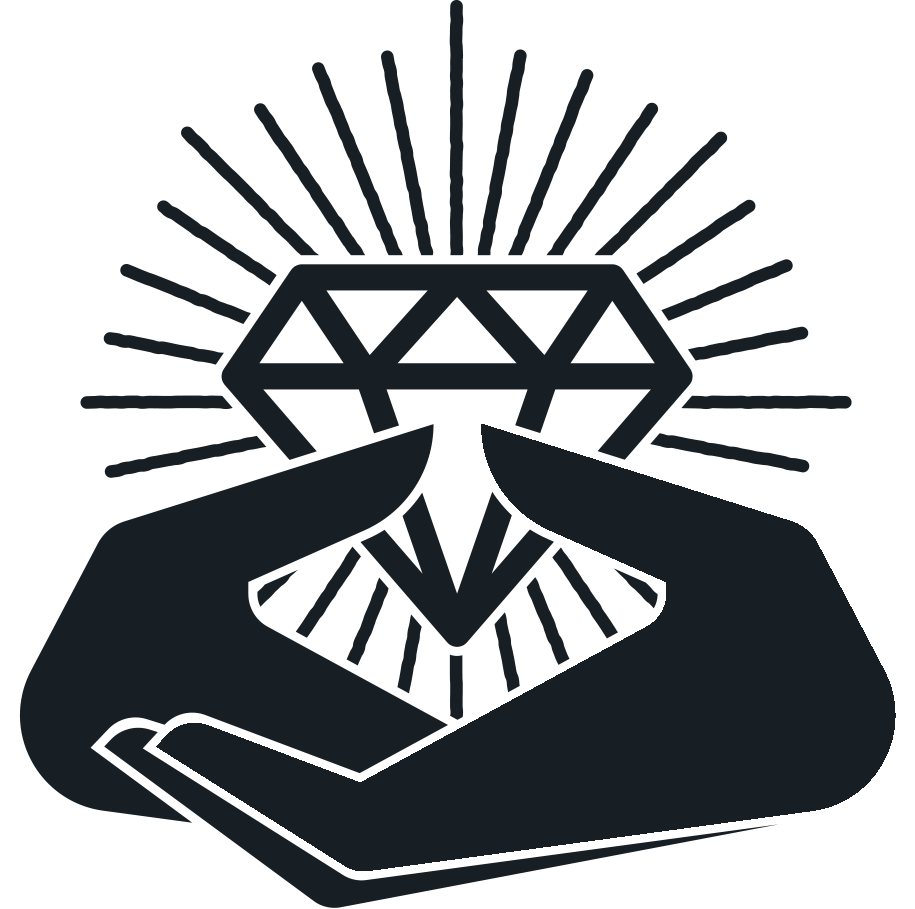The Buddha Was Just a Dude
Reflections on Suffering, Presence, and the Simplicity of Practice
I don’t think the Buddha was that special.
Hear me out.
And honestly, I think he’d agree. From what I understand, Siddhartha Gautama… whether he identified as “man,” “teacher,” or “mystic”… was, first and foremost, human. A human who had all the comforts and privileges one could ask for… and still suffered. He craved. He feared sickness and death. He chased pleasure and clung to what felt good. He searched for freedom, trying everything the world of ancient India had to offer.
Some of it helped, for a while. He found temporary relief in different spiritual practices. But none of it lasted. The euphoria would fade, the suffering would return.
And then, the story goes, he stopped chasing.
He sat down.
He sat with what was.
No more fixing.
No more seeking.
And something shifted.
He didn’t transcend being human. He became intimate with it; deeply aware of how suffering is created not just by pain, but by the mind’s resistance to pain. The grasping, the pushing away, the “this should be different.” That’s where suffering really takes root.
What I find moving in this story isn’t some superhuman breakthrough. It’s that he saw clearly what most of us spend our lives avoiding: the mind creates stories. And those stories become our reality… unless we pause, breathe, feel, and see them for what they are.
The Buddha didn’t say, “Worship me.” He said, “Try this for yourself.”
He offered a path, not a dogma. An invitation, not a demand.
That’s what I love about it.
It wasn’t about erasing pain, but changing the relationship to it. Not being free from suffering, but free within it. Learning to meet life, not fix it.
The Eightfold Path he laid out isn’t some linear staircase to enlightenment. It’s a way of showing up. A way of walking through life with presence, curiosity, and care. Moment by moment. Breath by breath. A path back to our heart.
And yeah, there’s science now that backs it up. Mindfulness practices calm the nervous system. They soften that fight-flight-freeze pattern so many of us are stuck in. Over time, when the distractions quiet down a bit, what arises can be uncomfortable. Old feelings, buried memories, grief we’ve been told to “get over.”
But that’s the turning point.
That’s when the real work and real healing begins.
The practice isn’t about controlling experience. It’s about caring for it. It’s about being curious. Especially when “Mara” the voice of doubt, fear, and comparison shows up.
We don’t fight Mara.
We say, “I see you.”
We feel our feet on the ground.
We take a breath.
We look around.
We place our hand on our hearts and say… “I See You”
This is why I find the Four Foundations of Mindfulness so helpful. They’re not abstract teachings… they’re practical tools:
Body: Breath, posture, sensation. Where am I now? What’s real right here?
Feeling Tone: Is this pleasant, unpleasant, or neutral? What does the mind want to do with it?
Mind: What’s the quality of awareness? Busy, calm, tired, clear? Can I just notice it?
Dhammas: What patterns or stories are showing up? What habits of thought, belief, or identity are shaping this moment?
And here’s the wild part: we don’t need to fix any of it.
We just practice noticing.
We sit.
We feel.
We let healing unfold.
That’s the essence of this path, at least how I see it. It’s not always comfortable. Sometimes it sucks. Sometimes it’s spacious and sweet. But it’s honest.
And in that honesty, I’ve found a kind of freedom. Not because everything got better, but because I stopped needing it to.
So no, I’m not saying I’m the Buddha. But I do relate to the longing that moved him: the longing to be free. And I try to share the tools that have helped me get a little closer to that freedom. Not to be perfect. Not to be peaceful all the time. Just to be more present, more real, more alive.
And that, I think, is enough.
Sit. Feel. Heal.
That’s the practice.
Joe

